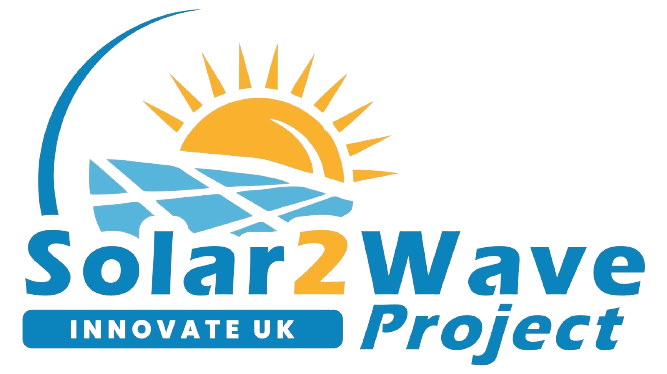Do you have any questions?
You can contact us to ask anything you want to know about our research
Visit Us :
Secretariat of the Department of Naval Engineering, Building W, 2nd Floor, ITS Sukolilo Campus, Surabaya
Drop Us :
kutama@na.its.ac.id
Call Us :
(+62) 812-3356-7069
Frequently Asked Questions
What is floating PV (FPV)?
Floating photovoltaics (FPV) or floatovoltaics is a system of solar panels mounted on a structure that floats on a body of water, typically a reservoir, lake, or pond. The panels are typically made of the same materials as traditional rooftop solar panels, but they are specially designed to withstand the harsh marine environment. The floating platform is made of a variety of materials, including concrete, steel, and plastic.
What are the benefits of FPV system?
- Optimal use of space
- Reduced land use conflicts
- Improved efficiency
- Reduced water evaporation
- Less environmental impact
- Flexibility and scalability
- Energy-efficient water management
- Improved performance
.
What kind of water area can FPV be installed?
FPV systems can be installed on lakes, reservoirs, ponds, quarries, wastewater treatment ponds, and near-shore areas of coastal regions. These systems utilize solar panels placed on floating platforms to harness solar energy from the water’s surface, making use of the expansive area available in these water bodies to generate electricity. Factors like water depth, quality, environmental impact, and regulatory considerations must be taken into account when selecting suitable locations for FPV installations, along with the necessity for robust anchoring or mooring systems to ensure stability and durability in these diverse aquatic environments..
What material is used in FPV floater?
he main float raw material is HDPE material. The floater must be able to survive for a long time in water. The material is used because it is resistant to corrosion, has good rigidity and durability, and is available and affordable
Is FPV safe for water ecosystems?
FPV isn’t inherently harmful. Responsible use is crucial to minimize risks and maximize potential benefits. Here are some key points for responsible FPV operation near water:
- Respect regulations and guidelines: Check for local restrictions or best practices related to drone use in sensitive areas.
- Minimize noise and disturbance: Operate drones at a safe distance from wildlife and avoid sensitive breeding or nesting areas.
- Be mindful of habitat: Choose locations and flight paths that minimize impact on aquatic ecosystems.
- Properly dispose of drones: Recycle or responsibly discard drones to avoid pollution.
- Stay informed: Keep up-to-date on research and best practices to minimize potential negative impacts.
By following these guidelines and being mindful of potential risks, FPV enthusiasts can enjoy their hobby while contributing to the health of our water ecosystems
How does FPV perform compared to ground-mounted PV (GPV)?
FPV solar panels can potentially generate more electricity than conventional ground-mounted panels for two reasons. First, the water surrounding them acts as a natural coolant, keeping the panels at a lower temperature and boosting their efficiency. Second, they’re less likely to be shaded by buildings or trees, maximizing their exposure to sunlight. In contrast, the energy output of conventional PV systems can be significantly impacted by shade, high temperatures, and dust build-up. Studies suggest that FPV systems can be 10-15% more efficient than their land-based counterparts due to the cooler operating temperatures.
